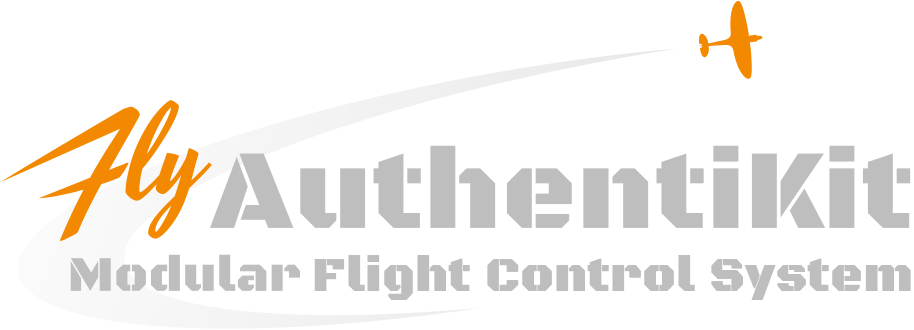What is AuthentiKit?
In VR you can step into the cockpit of any aircraft and get tantalisingly close to the feeling of flying for real. Unfortunately that immersion breaks when you reach out for the flight stick, trim wheel or flaps.
My goal for AuthentiKit<sup>TM</sup> is a truly immersive experience in which the flight stick is exactly where you expect it to be and feels just like the real thing, whether that is a Spitfire MkIX spade grip or a basic DR400 stick. The same for the trim wheel, flap lever and other important controls that demand a tactile response.
The first product is now released. It is a Spitfire MkIX flight stick with the iconic spade grip, twin fire button and brake lever. All axes use super smooth hall sensors. Available to print at home right now.
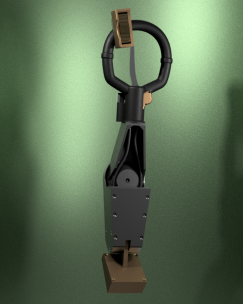
Modular Design / Flexible Rig
The key to achieving all this was to design a modular system based around a Universal Control Hub, an adjustable rig and interchangeable quick release flight controls. In VR we are blind to the real world so we don't need to worry whether the cockpit looks identical down to the last nut and bolt and we certainly don't need cockpit instruments with working readouts. What really matters is the feel. This means correctly sized and positioned flight sticks, trim wheels, radio stack instruments, throttle controls and so on. This is where authenticity matters.
1
Universal Control Hub
With a single USB socket the Universal Control Hub handles the processing of positional information from all controls. The basic model has 10 inputs for a flight stick, throttle, trim wheel etc. Each input takes a standard network cable which connects it to the flight control.
2
Quick Release Flight Controls
All flight controls mount to the rig via quick release plates. To switch from one type of control to another for a different aircraft, unplug the network socket, slide out the control and swap in the new one.
3
Adjustable Rig System
The adjustable rig allows for easy re-positioning to ensure that the placement of each flight control is exactly right for the aircraft.
Self Build Kit Solution
The AuthentiKit vision is ambitious - a fleet of your favourite aircraft both in hardware as well as VR software. Surely this is just for the super rich? No. In fact quite the opposite. AuthentiKit takes a self-build kit approach based on low cost commodity parts you can buy from Amazon or eBay. The magic that turns these basic components into quality engineered flight controls is 3D printing. Don't have a 3d printer?
Designed for simple assembly, the kit requires no soldering and no electronics skills. Everything is push fit or screw together.
Low Cost Commodity Components
AuthentiKit is built around commodity parts such as standard sized sealed bearings and commonly used encoders - most are less than $1 each. Important axis devices use frictionless hall sensors which never wear out.
3D Printed Bodies
Custom manufactured parts are where the cost usually comes in but not here. AuthentiKit comes with 3D print files which you can print yourself on a sub $200 printer and $25 worth of filament. Don't have a printer?
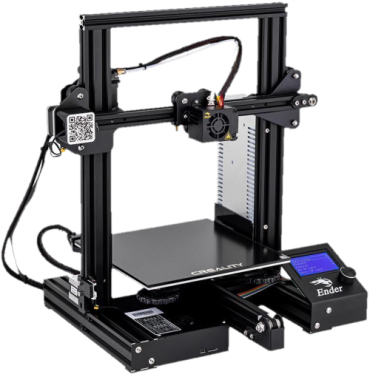
Harnessing the Community
Once the design standards are finalised I will share them freely with the flight simulator community. This will make it very simple for those with CAD skills to create AuthentiKit compatible flight controls for different aircraft. This is the true power of the AuthentiKit solution. Generous developers have gifted amazing freeware to the community for years and now they will be able to share hardware designs too. Users can just unplug their Cessna quadrant and swap in a Turbo Arrow.
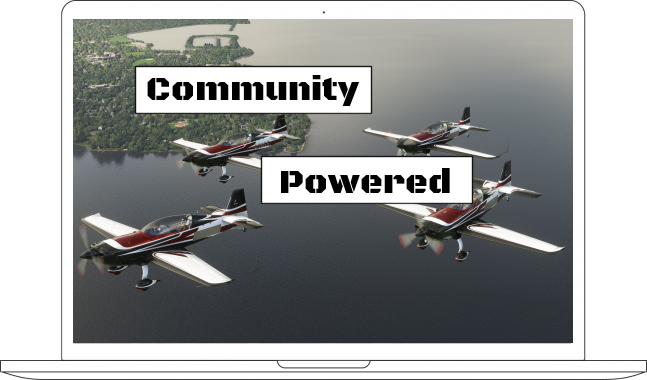
Spitfire MkIX Starter Kit A
Now available for free download on Thingiverse is the first AuthentiKit product. Our Spitfire MkIX Starter Kit A is compatible with all flight simulators and includes the Universal Control Hub as well as spade grip/flight stick for the Spitfire MkIX.
Universal Control Hub
Spitfire MkIX Spade Grip
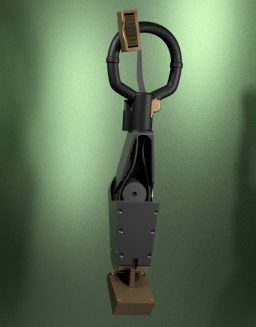
You are just 4 steps away
Got any problems? Get some help via Discord
Reviews of the Spitfire MkIX Flight Stick
The Rig
There's no point having authentic feeling flight controls if you can't position them exactly where they need to be. Yet most of us can't dedicate the space for a home cockpit. Here's the answer.
The AuthentiKit rig system clamps to an ordinary desk in just 5 minutes and flight controls are then attached using a quick release system.
Heavy gauge steel structure but very affordable - it's just a monitor stand mounted upside down.
Coming Soon
This project has been in development since early 2018 and many other kits are already close to completion. After the Spitfire range I will release kits for various GA. I have flown many hours with a development version of the Robin DR400 for example but it proved too complex to launch with.
Before we get to that the Spitfire MkIX range will be completed with the following add-on kits.
Spitfire Add-On Kit B
Spitfire Add-On Kit C
No Printer?
So you don't have a printer, but you'd like some of these flight controls? Here are your options.
Buy One
If you are worried about the cost, don't be ! The odds are that whatever you may spend to acquire the printed parts is around the same as an entry level printer and materials would cost you. Both are sub $200. Being perfectly honest the cost is your time getting familiar with 3d printing and learning about its often fickle nature.
What Printer To Buy?
This entire project was printed on one of the most basic 3D printers available - the Ender 3 which cost me £175. I have had (more than?) my share of problems with it and I recently got an Ender 6SE which is much better engineered and I hoped would give me less trouble so I could recommend it to you guys! It has dual Z screws so the issue of friction preventing the gantry moving up smoothly should be gone. It also has auto-bed levelling and a glass bed which together solve the all important first layer adhesion problem. I am having niggles though and the print quality is poor at present so watch this space as new firmware emerges.
So what do I recommend? Creality printers are a good choice for those on a budget. Manufacturer support has not impressed me but community support is huge which is important. An Ender 3 Pro would be a good option. If you have more of a $500+ budget then a Prussa is a good option as their manufacturer support is widely praised and their build quality is highly rated. I haven't used one.
I made a case for my printer out of sheet perspex as dust gathers over time which is not a good thing. Encased printers tend to start at $1,000+ and I don't have personal experience of them. If you're in that market check out all3dp.com who regularly rank printers at every budget.
I do recommend a print volume of at least 200x200x200 which rules out some of the minis.
Get some help
If you'd like someone to print it for you there are a bunch of guys on our Discord Support Site server now offering to do this. Prices vary but we're talking $150 - $200. Here's the thing though. I don't know these guys and much as I'd love this option to work out for folks I can offer no assurances. Caveat emptor!

